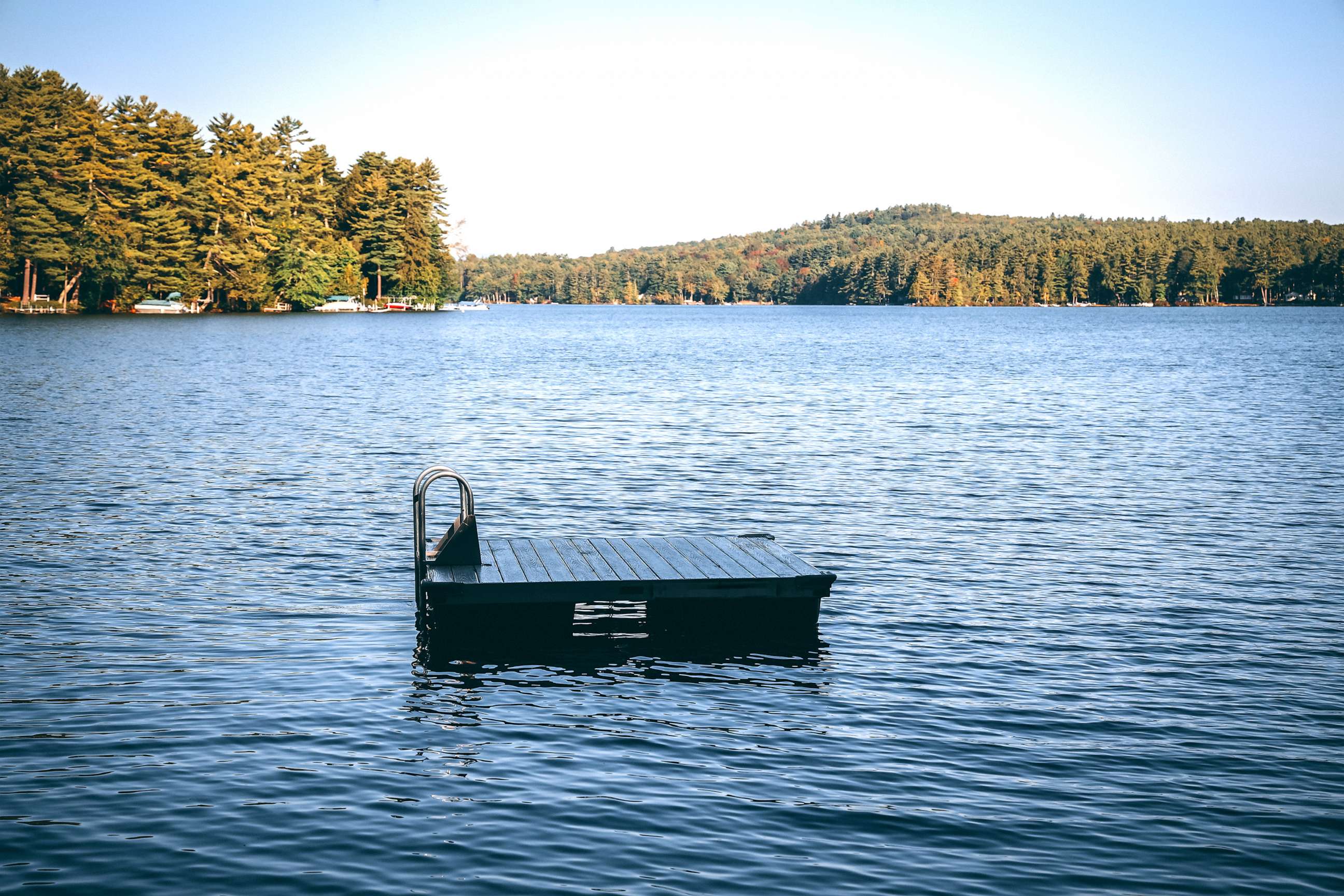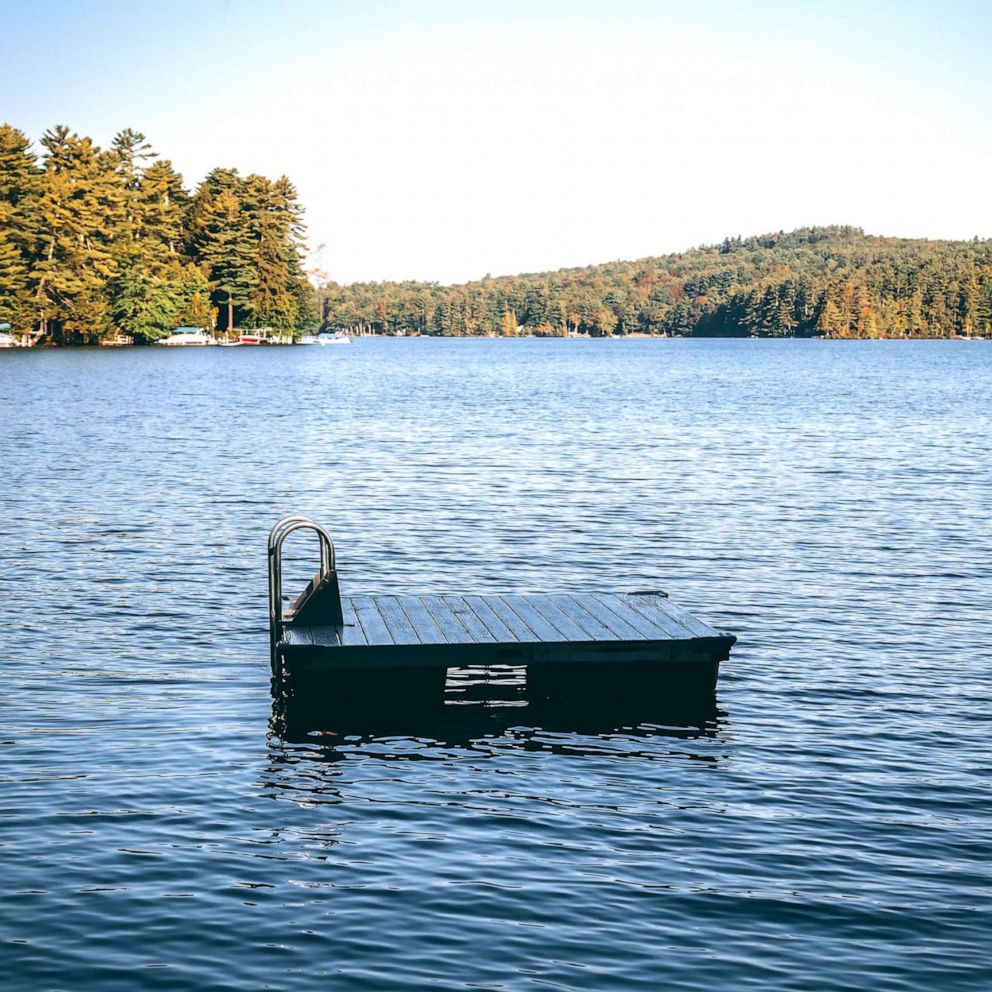July has the highest number of drowning deaths. Here's how to prevent them
Each year, the number of accidental drownings spikes in July, according to data from the Centers for Disease Control and Prevention.
In July 2024, the latest provisional data available from the CDC, the number of monthly accidental drowning deaths climbed to 759, as more people participated in water-based activities to stave off the heat. CDC data shows that between 2018 and 2023, the number of July accidental drowning deaths ranged from about 715 to a peak of 839 at the height of the coronavirus pandemic in 2020.

Overall, from 2020 to 2022, the U.S. saw more than 4,500 deaths from drownings annually, an increase from 4,000 deaths in 2019.
Drowning is also the leading cause of death for children between the ages of 1 and 4 and a top-three leading cause of injury or death for anyone between the ages of 5 and 34, according to the CDC.
The National Drowning Prevention Alliance, a nonprofit founded in 2005, is dedicated to reducing drownings and raising awareness about the preventable issue. Alissa Magrum, the NDPA's executive director, said the alliance advocates five ways to prevent drownings.
"It's an incredibly complicated issue, and I feel like the only way we're going to reduce drownings is to talk about drowning as an issue [and] help people understand the simple things they can do," Magrum told "Good Morning America."
"When you put multiple things in place, if something fails, there's another thing to catch it," she added. "Think of it as like layering a safety net. You put multiple things so if one thing fails, there's something else there."
Here are the NDPA's five layers of protection to prevent drownings.
Use alarms and barriers

Four-sided fencing, self-closing gates, safety alarms and pool covers can block or restrict access to a body of water or a swimming pool when not in use.
"Barriers and alarms -- four-sided fences, gates with isolation fences -- are the best to protect unrestricted access of children and even of adults into a body of water, whether it be a pool or a pond," Magrum said. "We've got wearable technology so if a person goes underwater, there's an alarm that can be sounded off. So barriers and alarms are our first thing that we talk about."
Supervise swimmers and water activities

The second layer is to designate a focused supervisor or "water watcher" when organizing water-based activities.
"We advocate for designating a water watcher, even when there's a lifeguard in place, anytime children are in, near, or around the water," said Magrum.
"And we talk about undistracted supervision," Magrum continued. "So, that's not being on a cell phone, not being engaged in conversation, not doing household chores while kids are in the water, because drowning is fast and silent."
Magrum also recommends using a physical object to appoint the water watcher.
"A lot of times, people say, everyone's watching but no one's watching or we think everyone is watching," Magrum said. "Put a designated water watcher on duty for 15 minutes and give them something that designates that they are the one who's on duty – a wristband or water watcher card, a lanyard – and at 15 minutes, switch and physically hand that over to someone else and say, 'I'm on duty and I'm watching the water.'"
Learn how to swim

Another key to preventing drownings is to learn how to swim in the first place, according to Magrum, who also recommends choosing brightly colored swimsuits so one can be easily spotted in the water.
"We recommend everyone learn to swim," Magrum said. "We need to build people [who] are safer around water and that have some competency. They can float on their back. They can tread water. They can get to the side. They can call for help if they're able to do that."
Use life jackets

In addition, the National Drowning Prevention Alliance urges the use of U.S. Coast Guard-approved life jackets that are sized appropriately for use in, near or around bodies of water and while boating.
"The life jacket keeps you above the surface and helps you float," Magrum explained.
Magrum also pointed out that adults need to teach young children about how life jackets work and why it's important to wear one and what can happen if one isn't worn.
"We've seen drownings of children who've been in flotation devices all day long in the pool and then everybody gets out … and that child somehow makes it back to the water and they're not wearing a flotation device," said Magrum. "It's important that … children also know that when they're not [wearing one], they're not going to float."
Prepare for any emergencies

Finally, the alliance recommends learning CPR, calling 911, stocking water rescue equipment and making a plan in the case of a water-related emergency.
"[Know] how to recognize someone who's in trouble and then what to do in that case, call for help and reach or throw something that floats to them," said Magrum. "If you don't have water competency yourself or you're not trained to rescue, don't go in after someone. A lot of times, we see multiple drownings occur because someone who can't swim or who doesn't know how to rescue someone goes in after someone."
Overall, Magrum said people should understand that drownings can happen at any time -- not just in the summer -- and to talk about the issue with friends and family and set up water safety rules.
"We see drownings in all bodies of water all year round, [among people of] all ages, all races, all genders, all socioeconomic levels and even all swimming abilities," she said. "The good news is that drowning is preventable."







